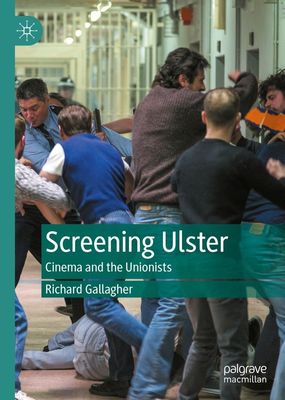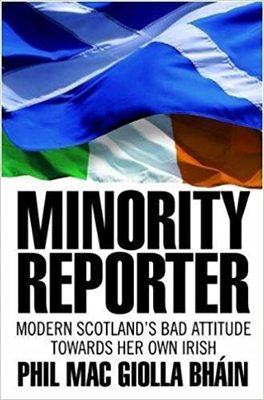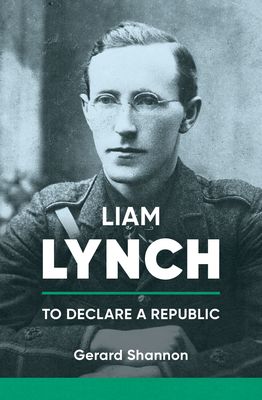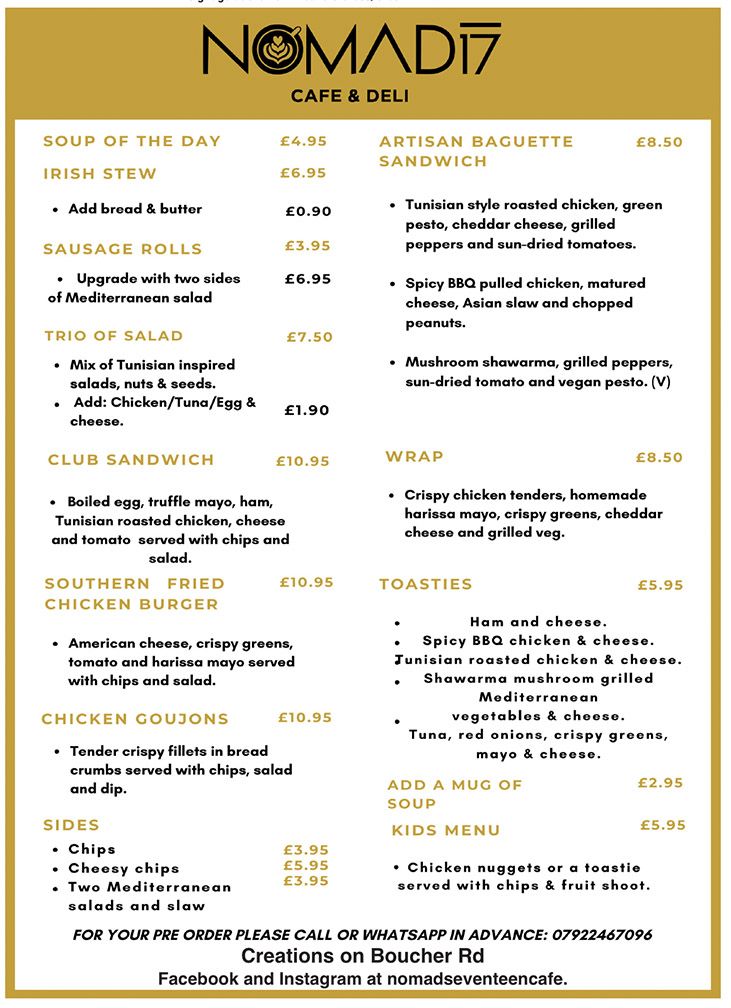Ballymacandy: The Story of a Kerry Ambush by Owen O’Shea (Merrion Press, £10.99)
In outline, this is a simple story. Just one ambush among many by the IRA during the Tan War in which five men were killed. It was unusual in only one respect, the absence of reprisals. Otherwise, the fatal shooting of three Royal Irish Constabulary officers and two Black and Tans was, given the times that were in it, unremarkable.
But the point of this forensic study is to dig beneath the headlines in order to explain not only how and why this bloody episode occurred but also to illustrate its broader significance.
In addition, it humanises the conflict.
Although it focuses in particular on Dan Mulvihill, adjutant in the 6th battalion of Kerry No 2 brigade, we gain insights also into his comrades, and into members of both Cumann na mBan and Fianna Éireann.
Mulvihill, from Castlemaine, Co Kerry, was born in 1897 into a farming family and was nurtured by a republican mother. After a spell in London as a radio operator, he returned home at the end of 1918, and soon after the deployment of the Black and Tans he joined the IRA, quickly rising to a senior status.
From the other perspective, we learn about the RIC men who worked alongside the Tans, most of whom were English, but there some Irish too. The author, Owen O’Shea, highlights Sergeant James Collery who, typical of many RIC recruits, thought a steady, well-paid job as a policeman offered greater prospects for the future than life on his father’s farm in Sligo.
Unlike officers who resigned rather than accommodate Tans, Collery chose to stay. By the time of the ambush in June 1921, he had been living in Milltown – just three kilometres down the road from Castlemaine – for 14 years. He and his wife, parents to nine children, were evidently well liked by their neighbours. Or, at least, they were until the arrival of the Tans and the RIC’s paramilitary unit, the Auxiliaries.
O’Shea does not try to conceal his disgust at the monstrous activities of forces who were allowed, indeed encouraged, to do more or less as they liked during British-imposed martial law. In response, the IRA took every opportunity to hit back, and the Ballymacandy ambush, which took place on the road between Milltown and Castlemaine, was a classic example.
The IRA’s Kerry battalions, having been tipped off that a dozen RIC men and Tans would be cycling in a group after collecting their wages in Tralee, lay in wait. Despite being relatively poorly armed, they had the element of surprise on their side.
Once they opened fire, the better-armed crown forces fought back. Following an hour-long battle, four lay dead, one was mortally wounded and four more were injured. Only one IRA man was shot, and he escaped to a safe house for treatment.
A local priest prayed over the dying while the Milltown doctor, Dr Daniel Sheehan, tended to the dying constable, John McCormack. Sheehan, who just happened to be medical officer to one of the Kerry IRA brigades, was later arrested and accused of neglecting the wounded man but, after an official inquiry, he was not charged. None of the IRA ambushers were caught.
So, why no reprisals? Timing may have played a minor part because of the coincidental announcement of talks between the British prime minister, David Lloyd George, and Ireland’s president, Éamon de Valera, aimed at securing a truce (which duly arrived six weeks later). But O’Shea points to an altogether more likely reason.
Days after the ambush, Major Markham Richard Leeson-Marshall, Kerry’s former high sheriff, old soldier, resident of the local Big House, Callinafercy, and married into the Godfrey family, owners of an even bigger Big House near Milltown, “received a communication” from Tom O’Connor, commanding officer at Ballymacandy.
Leeson-Marshall appears to have been generally well-liked locally. When the IRA commandeered his car in 1920, he was told: “Sorry to upset you, Major, but we must obey orders.” O’Connor was, however, much less conciliatory in his “communication.” He told the major that should there be any retaliation by the RIC or Tans, Callinafercy would be burned to the ground and that his staff would become targets. Accordingly, there were no reprisals.
Seen in isolation, the Ballymacandy ambush was not especially significant. In guerrilla warfare, however, it is the sum of small-scale actions that count and O’Shea’s well-researched account, aside from its value as a local history, is an enlightening contribution to the overall historical record.
The book concludes with two sombre reflections. Firstly, it reminds us that the unified IRA of summer 1921 would, at the end of that year, splinter into two factions: pro and anti-Treaty. They would soon be attacking and killing each other.
Secondly, as a result of that terrible Treaty, came partition. To borrow Mulvihill’s phrase about the abandonment of the Six Counties: “The north came out and we let them down. We stood idly by. The first in all our history that we pulled back. They asked for arms to defend themselves and [we] could not give them.”









